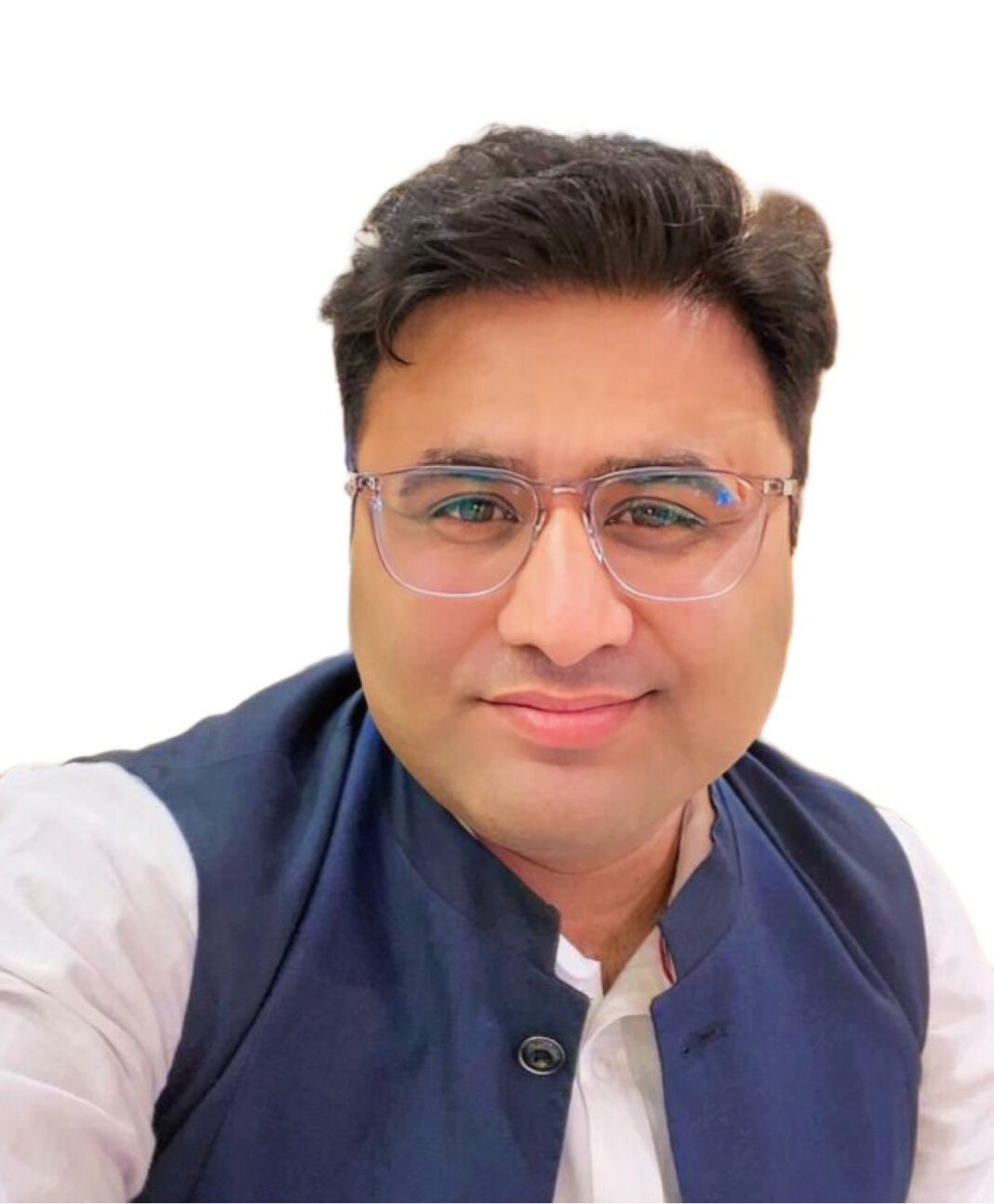Your inspiration to take up engineering as a profession…
Engineering is fascinating, as it blends both creativity and problem-solving. The concept of designing solutions to real-world challenges, whether through constructing infrastructure, advancing technology, or promoting sustainable practices, provides a practical way to make a difference. This field is ever-evolving, which makes it more exciting and encourages lifelong learning.
Your learning curve from a student to a pro today…
It was a steep learning curve from being a student to becoming a professional. Initially, mastering the fundamentals and theory is the prime focus, but at times the real-world applications introduce complexities that textbooks usually do not address. There were certain challenges as well in the beginning, for example, teamwork, effective time management, and the application of theory to practical problems.
Gaining experience through internships and projects, played a key role in eradicating that gap. Adapting to new technologies, methodologies, and continuous learning are essential as well. Every project is an opportunity to grow and working alongside experienced professionals has been incredibly valuable. Overall, it has been a continuous journey of growth and exploration.
Challenges you face as a structural consultant…
As a structural consultant, numerous challenges come across such as navigating complex building regulations, balancing structural integrity and design aesthetics, and coordinating with various teams.
Material limitations, tight project deadlines, and unforeseen site conditions add further complexity. Additionally, integrating sustainable practices while maintaining cost and structural standards is also crucial. Each challenge presents essential learning experiences and encourages innovation.
How do you see the adoption of rolled sections…
Rolled sections are steadily being adopted in the Indian construction community, due to factors like cost efficiency, faster construction times, and strong structural integrity. They are versatile, allow for a wide range of applications, and align with sustainability goals by enhancing material efficiency.
Standardised options streamline the design process, although challenges related to labour and quality control remain. The trend is promising regardless of these factors, and I do expect to see the adoption of rolled sections increase as the industry evolves and embraces new technologies and practices.
If you can change one thing in the construction practices of India…
In the Indian construction scenario, if I could change one thing, it would be the incorporation of advanced technology and digital tools, such as Building Information Modeling (BIM) and project management software. Adoption of these technologies would enhance collaboration, improve planning and visualisation, minimise errors, and streamline communication among stakeholders. Additionally, it would facilitate improved resource management and cost estimation, resulting in efficient project execution. Implementing these changes could significantly improve overall project outcomes, quality, and sustainability within the construction industry.
Your best work in steel so far…
We have done several unique steel projects, including Ayodhya Airport, Suzuki Car Manufacturing Unit, Quality Tower, Hangar Projects, and Bartica Hospital. One of my best works in steel so far is the Ayodhya Airport project, which utilised 1,000 MT of steel. The factor which makes this project special is the combination of engineering ingenuity and aesthetic appeal. It demonstrates how steel can be both functional and beautiful, pushing the boundaries of design and technology. Additionally, I take pride in projects that prioritise sustainability, such as utilising recycled steel or enhancing energy efficiency. These initiatives not only tackle engineering challenges but also contribute positively to the environment.
An international project in steel that inspires you…
The Burj Khalifa in Dubai, UAE inspires me the most for its structural elegance, featuring a sleek, tapering silhouette which merges modern architecture with traditional Islamic influences. It pushes engineering boundaries through advanced materials and techniques to withstand high winds and seismic forces.
Additionally, it redefines vertical living with mixed-use spaces that optimise urban land use. The tower’s incorporation with its desert environment highlights sustainability, while its cultural symbolism reflects Dubai’s aspirations. Ultimately, the Burj Khalifa showcases a remarkable combination of beauty, functionality, and innovative engineering.
How do you update and upgrade yourself with the changing times…
There are a few strategies one can employ to keep up with the changing times in the industry. Focus on continuous learning through courses and workshops, network actively with peers, and adopt technologies such as BIM and project management software.
Additionally, I keep up with industry publications to learn about innovative projects and research breakthroughs. Regularly evaluating completed projects and seeking feedback helps identify areas for improvement, while a strong emphasis on sustainability ensures my work aligns with environmental goals.
Quick Fire:
Your College: Indian Institute of Technology, Delhi
Total Years of Experience: 17+ years
Your mantra for success: Embrace challenges, learn continuously, and lead with integrity
You want to be remembered as: A knowledgeable, inspiring, and supportive guide
Steel Projects you are currently working on:
Redevelopment projects for Indian Railways (Roorkee Station, Sitapur, Jodhpur Station etc.)
Various Infra Projects at Shimla under Smart City Scheme
Several New Airports and Hanger Projects
Several PEB Projects at HFZA Sharjah





